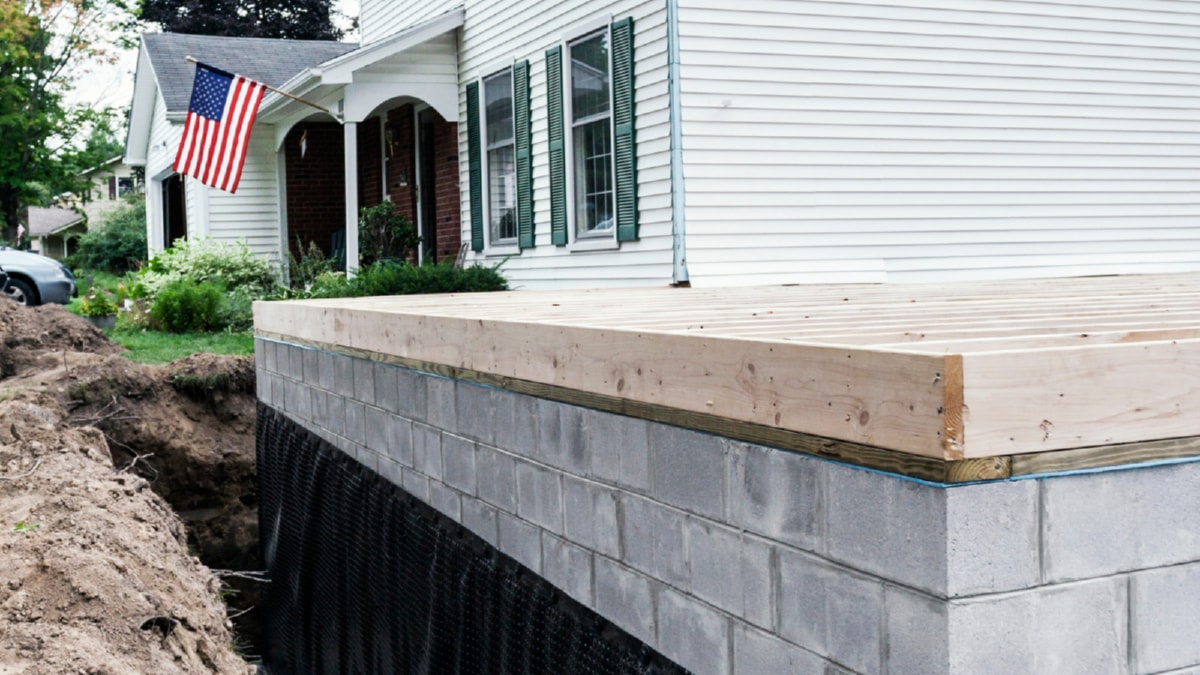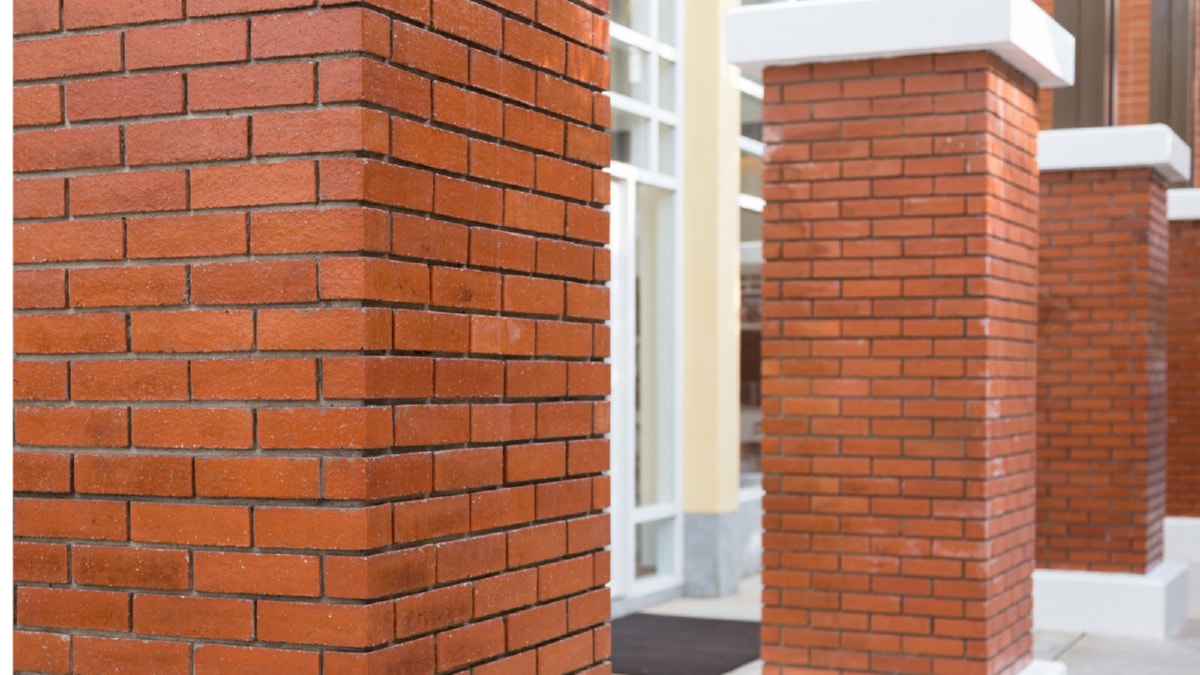The Importance of Safety Regulations in Construction
Unquestionably, safety regulations play a critical role in the construction industry. These rules are not just intended to protect workers, but also to ensure the integrity and durability of the structures being built. In the construction sector, ignorance of safety regulations can result in serious consequences, from project delays to devastating accidents.
Safety regulations in construction serve a dual purpose. On one hand, they’re designed to keep workers safe. This is achieved through a series of guidelines that dictate everything from the correct use of personal protective equipment (PPE) to the proper handling of hazardous materials. On the other hand, these rules also ensure that the finished product – be it a skyscraper, a bridge, or a residential building – is structurally sound and safe for use.
Moreover, it’s vital for all parties involved in a construction project to understand these regulations. More than just the construction workers, but also project managers, engineers, and even clients have a responsibility to ensure safety regulations are followed. This collective understanding helps to minimize risks and prevent accidents, thus contributing to the overall success of a project.
Innovations in Construction Technology
Recently, the construction industry has seen a surge in technological innovations that are changing the game. From 3D printing to drone surveys, technology is offering new ways to improve efficiency, safety, and sustainability in construction.
One of the most impactful innovations in construction technology is Building Information Modeling (BIM). This tool allows for the development of detailed 3D models of a structure before it’s built, providing a clearer understanding of the project and facilitating better planning and coordination. BIM not only helps to prevent design errors but also enhances safety by enabling the identification and mitigation of potential risks before construction begins.
Similarly, the use of drones in construction has also become increasingly popular. These unmanned aerial vehicles can carry out site surveys more quickly and accurately than human workers, reducing the risk of accidents and improving overall project efficiency.
Moreover, technologies like budget-friendly augmented reality (AR) and virtual reality (VR) are also making their mark on the construction industry. These tools allow for virtual walkthroughs of a building before it’s constructed, giving stakeholders a more immersive understanding of the project. This can lead to better decision-making and fewer changes during the construction process, which in turn can help to save time and money.
In conclusion, understanding the importance of safety regulations in construction and keeping abreast of the latest innovations in construction technology is vital to the success of any construction project. With the right knowledge and tools, we can build safer, more efficient, and more sustainable structures in the future.
For more details, check best Commercial Paving Services Quakertown or visit their Commercial Paving business listing here.




